Insights and Events
View the latest insights from KDC Projects on industry trends, news and expertise.

KDC Group are going to be exhibiting at this year’s Farnborough International Airshow! This is the first time we are exhibiting, and we are very excited to have the opportunity to showcase all of our group capabilities.
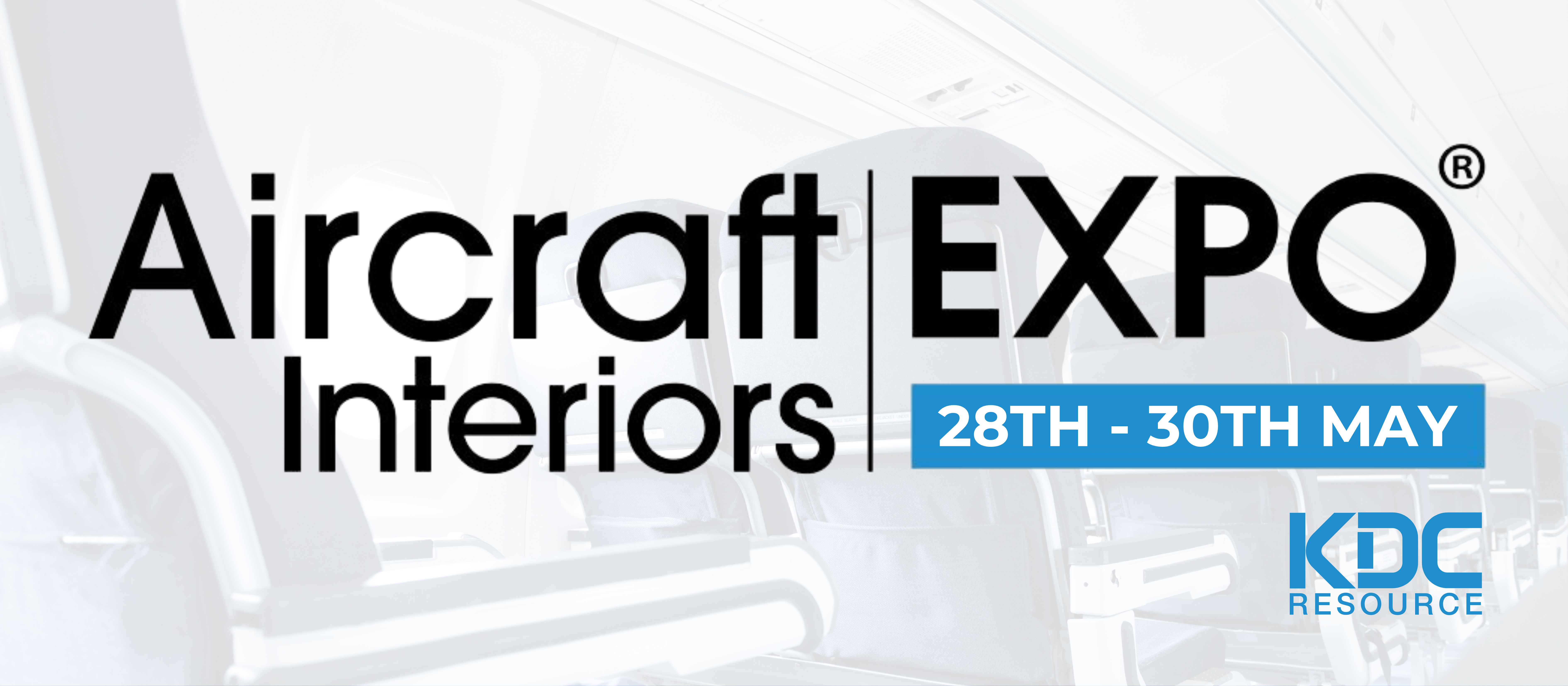

KDC Group are exhibiting at the SC Cleared Expo on the 25th of April!
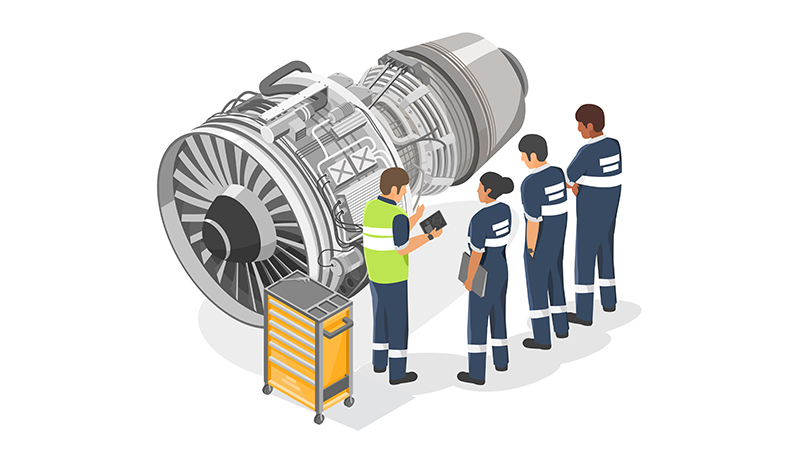
January 10, 2024
Aerospace engineering is a fairly competitive environment, particularly if you want to work for a major name in the industry. One route into the sector is via an apprenticeship, as opposed to completing a university degree.
If you’re unsure which would be most suitable for you, read on to find out more about what an apprenticeship involves and how it can help add value to the aerospace industry.
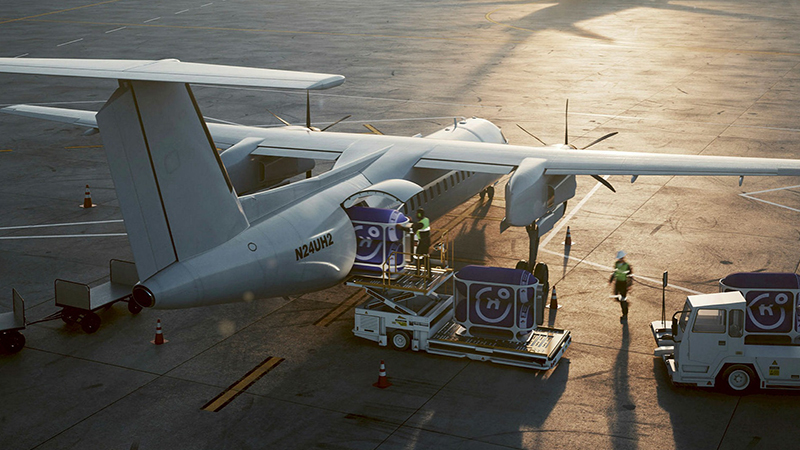
April 26, 2023
We’ve previously discussed the potential overhaul hydrogen fuel technology could bring to the aerospace market. This growing interest has, unsurprisingly, led to a boom in companies developing solutions for more sustainable aviation.
To understand the market’s current position, let’s look at some of the major players currently working on hydrogen fuel solutions for aerospace.
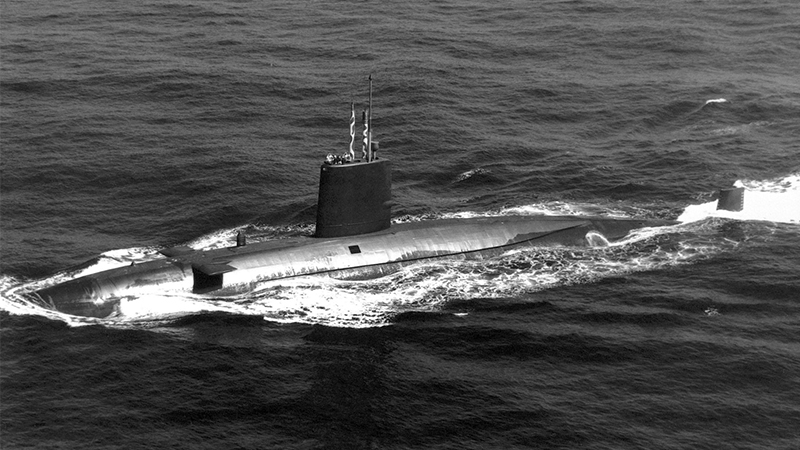
April 19, 2023
The introduction of nuclear power into maritime vessels was a major step. Although most of the industry’s focus is on submarines, nuclear reactors have benefitted ships too.
Nuclear power’s history in the maritime sector isn’t a particularly long one, but the changes it’s brought about in this short period have been massive.

April 5, 2023
In March 2023, Australia joined the UK and US in a trilateral agreement to design and implement the next generation of nuclear submarines. Named the SSN-AUKUS deal, it’ll see Australia and the UK’s current fleets of Astute and Collins class submarines replaced by the same model.
This has the potential to be a ground-breaking agreement for creating the future of underwater defence. To understand more, let’s look at the deal in more detail and the UK’s role in it.

March 22, 2023
The last two decades have seen a massive boom in the development and use of hydrogen fuel. As a viable alternative to our reliance on fossil fuels, hydrogen offers a (theoretically) limitless and environmentally-safe supply.
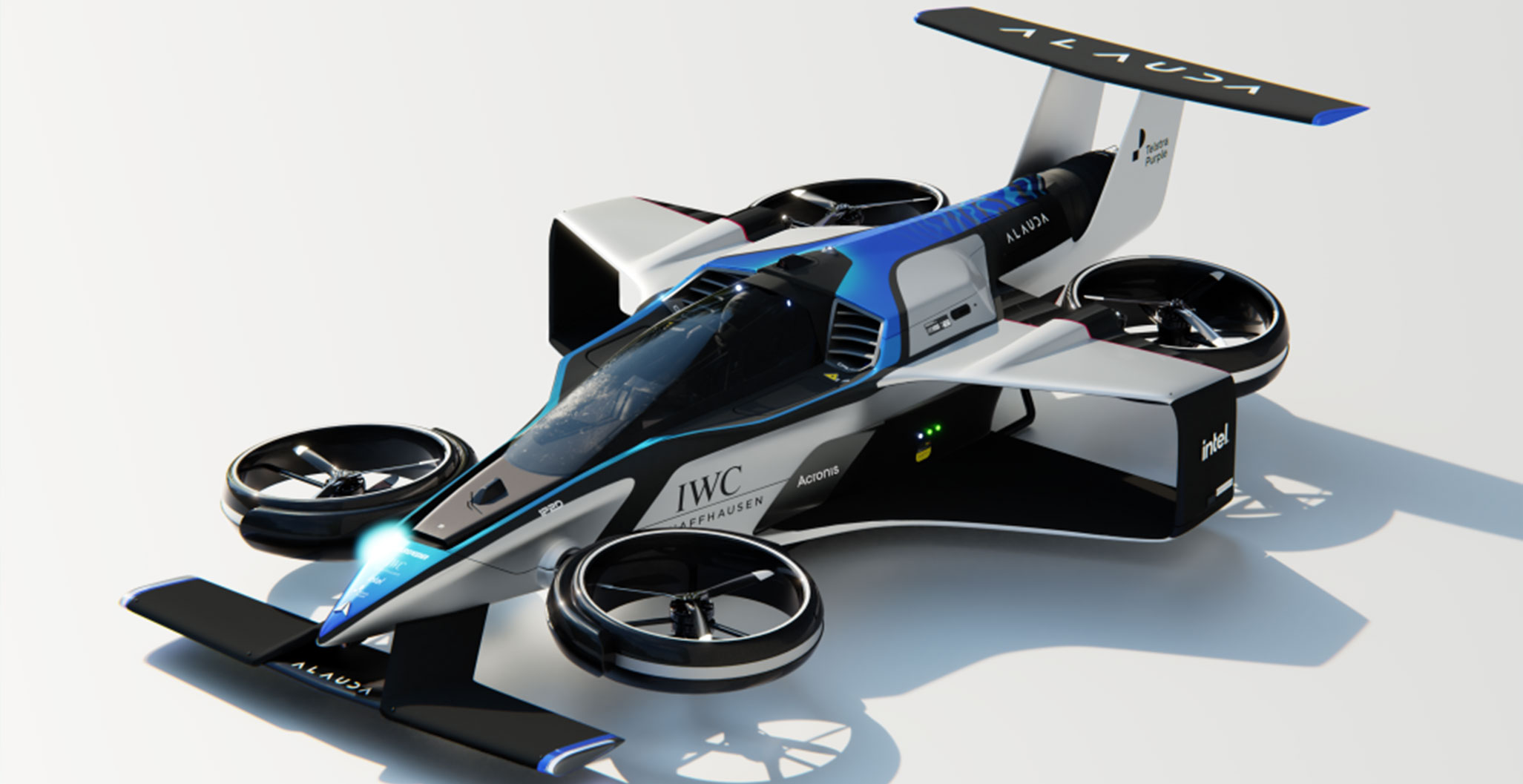
March 14, 2023
Seen as a silver bullet for the Aerospace Industry to reach its net-zero initiatives target by 2050, Hydrogen Fuel is on the tips of everyone’s tongues right now. Find out why below.

August 24, 2022
The Aviation Industry accounts for around 2% of global carbon dioxide (CO2) emissions. While this may seem like a small number, when you consider the massive scale of the aviation industry, it’s clear that we need to do something about those emissions if we want to keep global temperature rises under 2 degrees Celsius.
This article looks at the two main options to reduce global aviation emissions and meet the net zero targets set by the industry by 2050.

January 31, 2022
Backed by deep domain technical expertise, established methodologies, and technology application, we aspire to drive innovation in the solutions we provide for customers in their research and technology, product development and sustaining programmes.
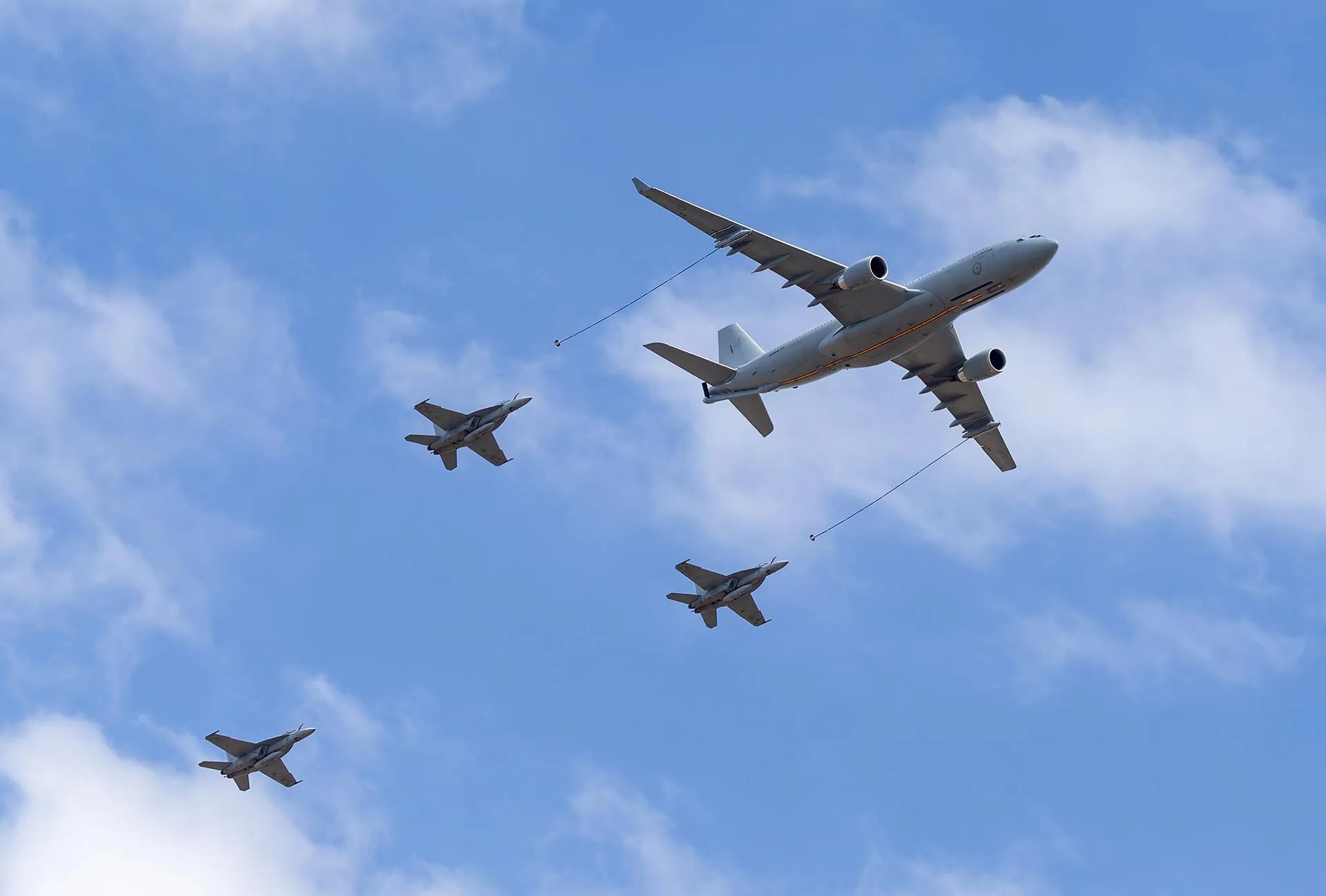
October 21, 2021
Considering our reliance on satellites, it is no surprise that companies look for ways to make them more adaptable and cost-effective. Airbus’ latest contribution, OneSat, is a shift towards such a mission statement.

September 9, 2021
Now that commercial aerospace appears to be getting back to normal, we will hopefully see a gradual increase in the number of available jobs. Of course, it is a difficult time for any graduate workers entering employment, but especially so for graduate engineers.

September 1, 2021
Ariane 6 is ArianeGroup’s new launch vehicle that offers significant improvements over its predecessor, Ariane 5. It follows the shift of other launcher companies towards flexible, modular payloads, which we will likely see become the norm in coming years.
To recognise the flexibility Ariane 6 will provide, we must understand how it differs from the current launch technology.
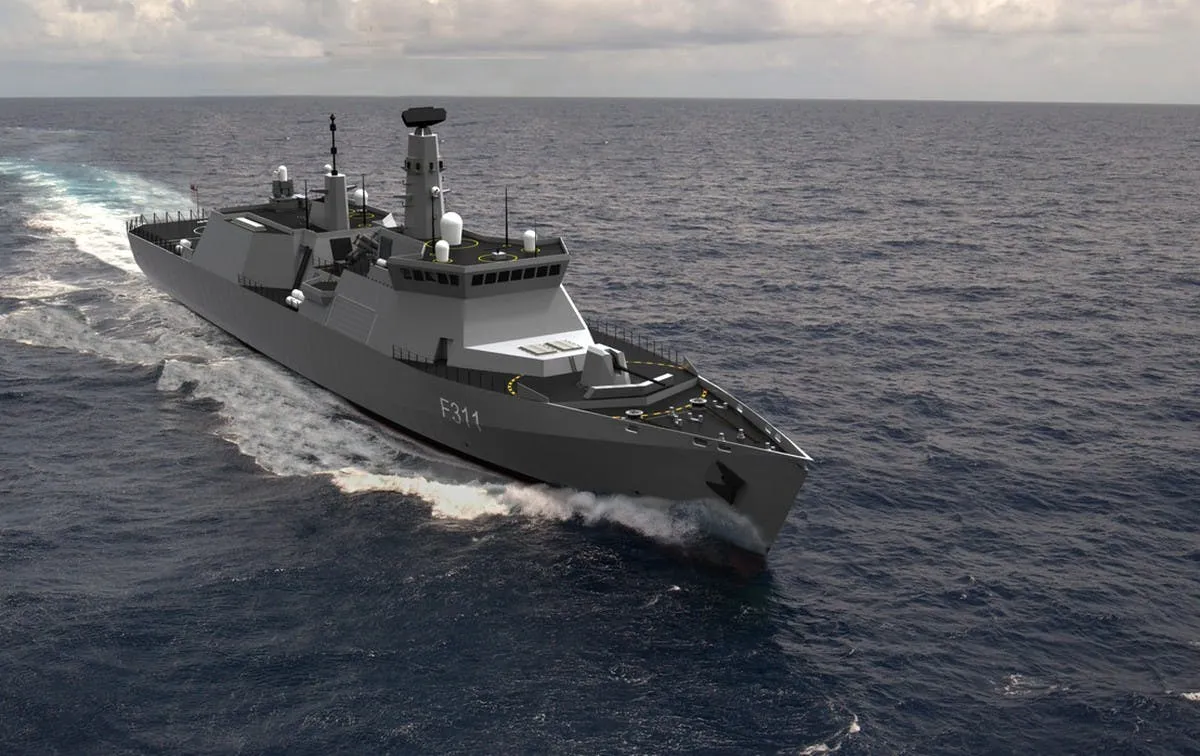
July 27, 2021
Although the Prime Minister only announced the new Type 32 Frigate in late 2020, we have some vague clues about what it will do. He announced in the same speech that it has not yet begun the concept phase but will promise to shepherd in a new phase for the Royal Navy.
So, what is the Type 32 Frigate, and how will it fit into the wider naval strategy?

May 11, 2021
It might be hard to conceive of a time when safety was not an important industry trend, but we do not have to look that far back. As modern systems become more complicated, the importance of safety engineering will only increase.
But how do we specifically define safety engineering, and how has it changed throughout its existence?
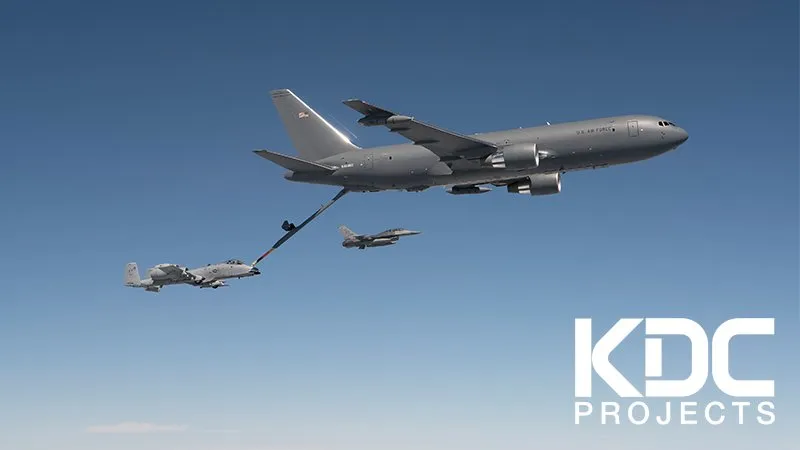
April 13, 2021
Air-to-air refuelling presents many advantages for aircraft, particularly in a military context. It allows military aircraft to carry greater payloads, fly greater distances, and even have a shorter take-off distance.

March 22, 2021
As we highlighted in a recent post, the government plans to introduce changes to current IR35 legislation. While businesses have one financial year to adjust to these new rules, we at KDC have taken a proactive approach.
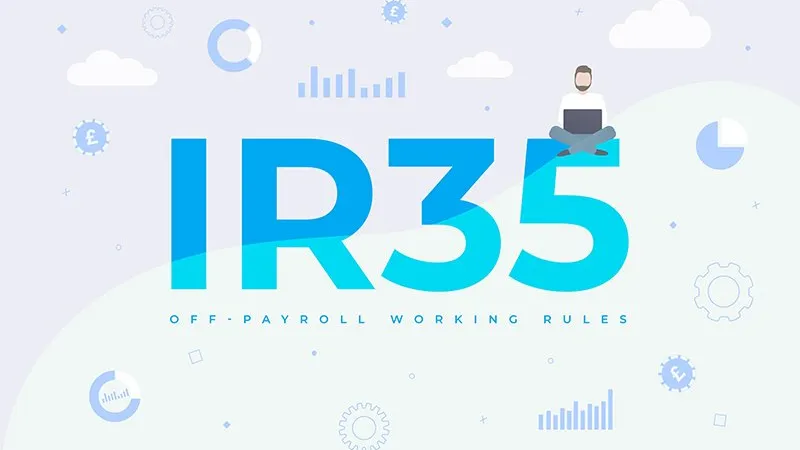
March 9, 2021
While IR35 is not a new piece of legislation, the UK government recently announced important reforms that change how many of us will interact with it.

February 24, 2021
The last 12 months have had a massive impact on the working world. Much to the surprise of many, it is proven a large portion of the population can work from home with minimal impact on productivity.
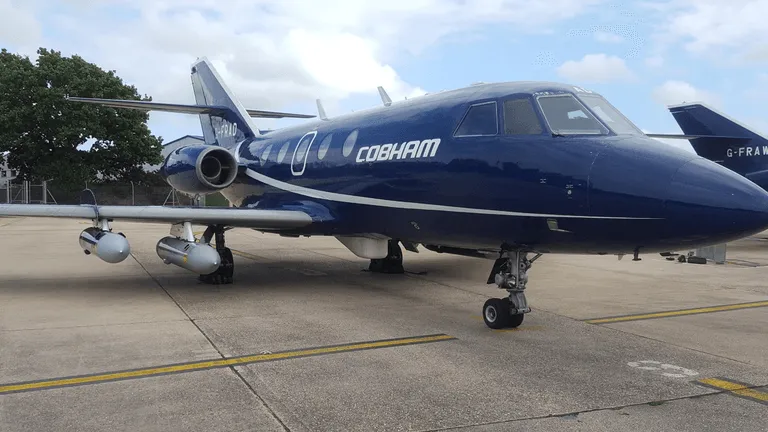
February 10, 2021
In February 2019, Cobham Aerospace Connectivity won a NATO contract to supply Electronic Warfare (EW) pods for its warfare training program.

